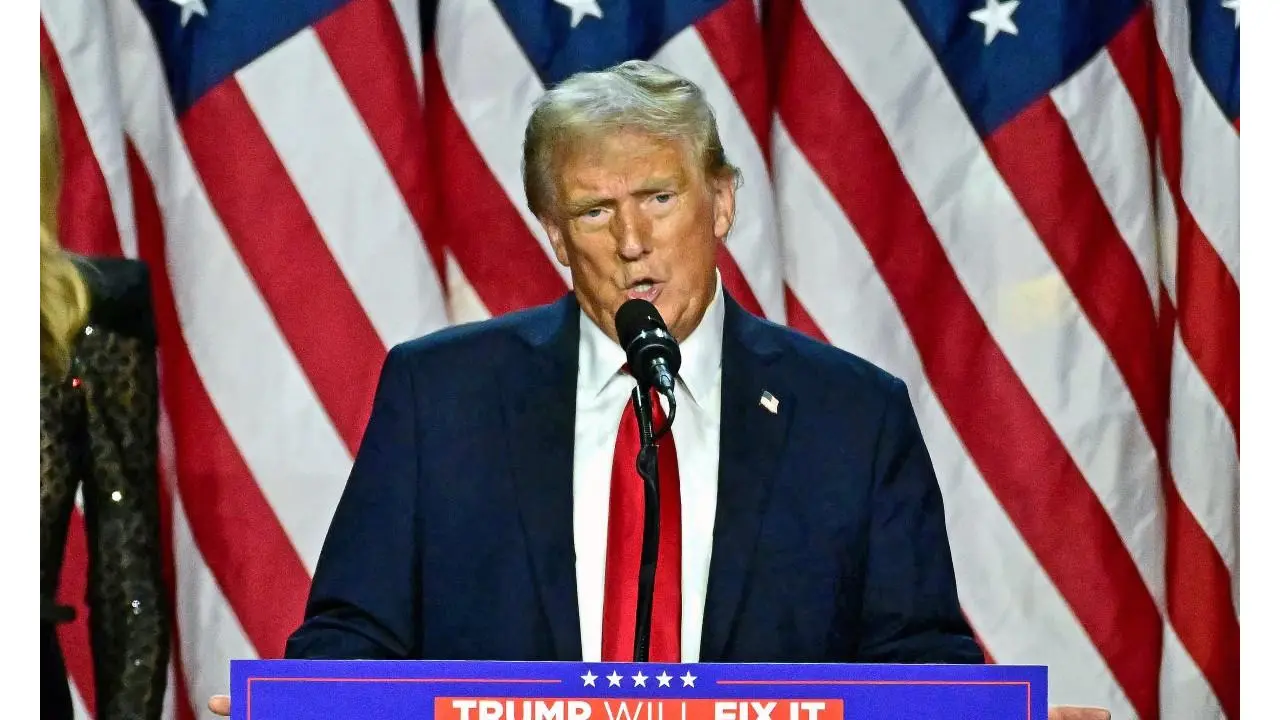On July 8, 2025, US President Donald Trump claimed that the United States is close to reaching a trade agreement with India, while also unveiling a fresh wave of tariffs targeting 14 additional nations, including Thailand, Myanmar, Bangladesh, South Korea, and Japan, which will go into effect on August 1.
Trump made these statements while receiving Israeli Prime Minister Benjamin Netanyahu at the White House, underlining that while the US had already won trade agreements with the United Kingdom and China, negotiations with India were in the last stages but had not yet been completed.
Talks between US and Indian negotiators have centered on tariff reductions, but differences persist, particularly over access to India’s dairy and agricultural industries. India has been reluctant to fully open its markets to US agricultural products, particularly genetically modified crops and dairy, claiming the need to protect the livelihoods of millions of farmers.
Trump reaffirmed that nations who are unable to strike an agreement with the US will face new or increased tariffs. Formal letters describing these tariffs have been delivered to the 14 impacted countries, with rates varied by country—Myanmar and Laos face the highest charge of 40%, while Thailand and Cambodia pay 36%, and Japan and South Korea face 25%.
The letters warn that if these countries retaliate by raising duties on US exports, the US will raise its own tariffs by the same amount. However, Trump has expressed a readiness to drop tariffs if countries modify their trade practices to meet US objectives.
The original deadline for countries to form trade deals or face higher tariffs was July 9, but Trump extended it to August 1 through an executive order, allowing negotiators extra time to achieve an agreement.
Indian leaders have expressed a readiness to reach an agreement that meets national interests, but have resisted pressure to fulfill timetables or make compromises that could affect domestic sectors. According to recent reports, the two sides are on the verge of signing a “mini” trade agreement, with larger, more extensive agreements to be addressed later.
The United States is on the approach of signing a trade agreement with India, which might help India avoid high new tariffs, while 14 other countries will face significant tariff increases unless they negotiate their own agreements with Washington. The situation is still uncertain, with ongoing negotiations and a fresh deadline set for August 1.

